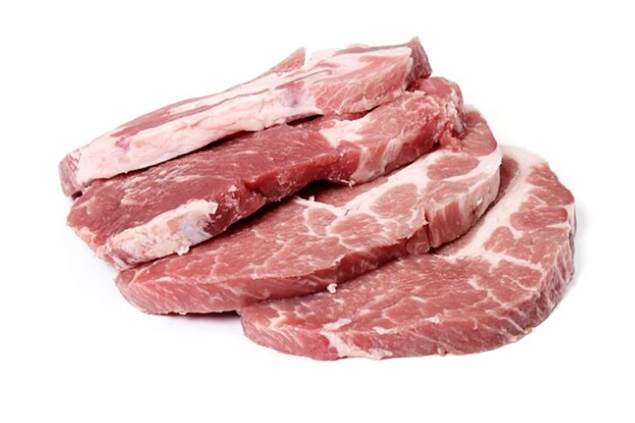
China has lifted a nearly 15-year ban on pork imports from Russia following an in-depth analysis of the African swine fever (ASF) situation in the country, as reported by the Russian veterinary body Rosselhoznadzor, cited by PigProgress.
High-level negotiations bear fruit
However, it will take some time before the first shipments follow. China imposed restrictions on Russian pork in 2008 after the first outbreaks of ASF occurred in the southern regions of the European part of the country. Rosselhoznadzor stated that they have worked intensively over the past 10 years to lift the ban.
The Russian pork industry has welcomed this move. Sergei Kovalev, the President of the Russian Union of Pork Producers (RUPP), said to the local state news publication Interfax:
"Chinese authorities have recognized Russia's regionalization of ASF, which is a consequence of Russia providing objective, comprehensive, and complete information about the control, surveillance, monitoring, and methods of combating this disease. Discussions between veterinary officials and high-level political negotiations played a significant role in lifting the ban."
No complaints
In recent years, Russia has expanded pork exports, and there have been no complaints about quality, Kovalev asserted. Russia plans to sell approximately 200,000 tons of pork to China annually, according to a statement from the Russian government agency Agroexport.
China imports around 2 million tons of pork annually, so Russia aims to secure a 10% share of the Chinese pork market.
Bright prospects
In 2023, Russia is set to sell around 200,000 tons of pork to foreign customers, making it the world's eighth-largest pork exporter. Kovalev estimated that with the opening of the Chinese market, this figure could rise to 400,000 to 500,000 tons per year. If this forecast comes true, he added, Russia will enter the list of the world's top 5 pork exporters.
Export will shape the future of the Russian pork industry, Kovalev said. He anticipates a 5% increase in Russian pork production this year, with a similar growth rate expected in 2024.
"In large part, investments are being made in the industry with a bet on future export growth. In recent years, several companies have launched new pig farms with an eye on Asian markets."





